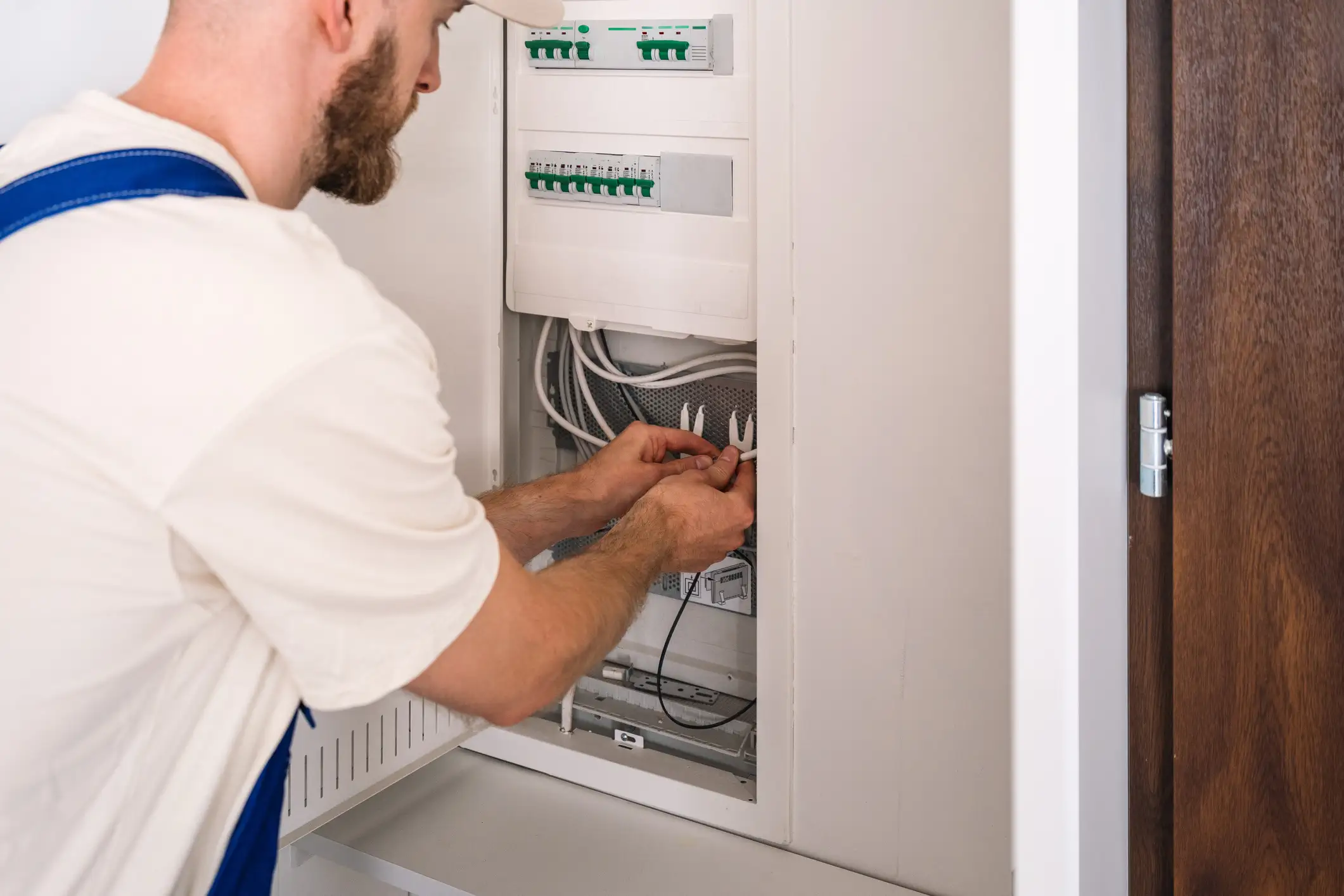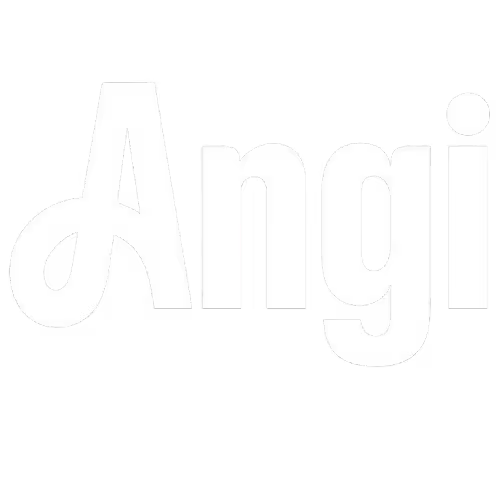Electric Panel Upgrade in Minneapolis, MN
Modernize your home safely with Electric Panel Upgrade in Minneapolis, MN by Stafford Home Service. Expert solutions for reliability—call today to schedule!
Electric Panel Upgrade
In modern homes, the electrical panel serves as the heart of your entire electrical system, distributing power safely and efficiently to every appliance, light, and device. Over time, as our energy demands grow with new technology and household needs, an outdated or insufficient electrical panel can become a significant bottleneck, posing risks to safety and limiting your home’s functionality. An electric panel upgrade is a crucial investment that ensures your home can safely handle today's power requirements and prepare for future electrical demands.
At Stafford Home Service, we understand the critical role a robust and reliable electrical panel plays in the safety and comfort of your home. Our expert technicians specialize in comprehensive electric panel upgrades, meticulously assessing your current system and recommending solutions that enhance safety, improve energy efficiency, and expand your home’s electrical capacity.
Why Consider an Electric Panel Upgrade?
Several compelling reasons might prompt homeowners to consider an electric panel upgrade. Recognizing these signs early can prevent more significant problems down the line.

Enhanced Safety:
Perhaps the most critical reason for an upgrade is safety. Old electrical panels, especially those from decades past, may not have the capacity to manage the power draw of modern appliances. This can lead to frequent tripped breakers, flickering lights, and, more dangerously, overheating wires or even electrical fires. An upgraded panel includes up-to-date circuit breakers and wiring, significantly reducing the risk of electrical hazards and protecting your home and family.
Increased Capacity for Modern Demands:
Today’s homes are filled with power-hungry devices, from multiple computers and entertainment systems to electric vehicle chargers and sophisticated kitchen appliances. Older electrical panels, often rated at 60 or 100 amps, simply aren't designed to handle this load. An upgrade to a 200-amp (or higher) panel provides the necessary capacity, eliminating frustrating power outages and allowing all your devices to run smoothly and simultaneously. This expansion also makes your home ready for future additions like smart home technology, hot tubs, or even solar panel installations.
Improved Energy Efficiency:
While an electric panel itself doesn't consume much energy, an old, struggling panel can lead to inefficiencies throughout your home's electrical system. When circuits are overloaded or components are worn, your appliances may not receive consistent power, potentially leading to increased energy consumption as they work harder. A new, efficiently designed panel ensures stable power distribution, which can indirectly contribute to better energy efficiency and potentially lower utility bills.
Compliance with Modern Electrical Standards:
Electrical codes and standards are continually updated to reflect advancements in technology and safety best practices. An outdated electrical panel may no longer meet current national and local safety codes. Upgrading your panel brings your home's electrical system up to par with the latest regulations, which is often a requirement for home insurance policies and can be a significant selling point if you plan to sell your property in the future.
Understanding the Electric Panel Upgrade Process
An electric panel upgrade is a significant electrical project that requires careful planning and execution by qualified professionals. Here’s a general overview of what homeowners can expect:
Step-by-Step Guide:
- Initial Assessment: A certified electrician will inspect your current electrical panel, wiring, and overall electrical system to determine your needs and recommend the appropriate panel size and type.
- Permit Acquisition: For safety and compliance, an electrical permit from your local municipality is almost always required. Your service provider should handle this process.
- Power Shut-Off: Before any work begins, the main power to your home will be safely shut off at the utility meter.
- Old Panel Removal: The existing electrical panel, along with its associated wiring, will be carefully disconnected and removed.
- New Panel Installation: The new, upgraded electrical panel is installed in its place. New wiring connections are made, ensuring all circuits are properly routed and labeled.
- Grounding and Bonding: The grounding and bonding systems are updated to meet current safety codes, providing essential protection against electrical surges.
- System Testing: Once the new panel is installed, the electrician will meticulously test all circuits, connections, and safety features to ensure everything is functioning correctly and safely.
- Final Inspection: A municipal electrical inspector will review the work to confirm it adheres to all local codes and safety standards before power is fully restored.
Timeframe and Disruptions:
The actual installation of an electric panel upgrade typically takes one to two days, depending on the complexity of the job and the specific needs of your home. During this time, your home will experience a temporary power outage, usually for the majority of one day. We strive to minimize disruption and will keep you informed throughout the entire process, ensuring a smooth transition.
Costs and Financial Assistance
The cost of an electric panel upgrade can vary widely based on several factors, including the existing electrical infrastructure, the amperage increase, the need for new wiring, and local labor rates. While Stafford Home Service does not provide specific pricing here, we focus on delivering transparent estimates after a thorough on-site assessment.
- Factors Affecting Cost:
- Amperage Increase: Upgrading from 100 amps to 200 amps is common, but larger increases or specific panel types can influence the cost.
- Wiring Updates: If old wiring is found to be unsafe or insufficient, additional wiring upgrades may be necessary.
- Service Entrance Cable: The main electrical cable running from your utility pole to your meter may need to be upgraded to match the new panel’s capacity.
- Permit Fees: These are standard costs associated with ensuring the work is compliant and safe.
Available Rebates and Tax Credits:
Homeowners may be eligible for federal tax credits or local utility rebates for certain energy-efficient home improvements, including some electrical upgrades that support renewable energy integration or improve overall home efficiency. We recommend consulting with a tax professional or checking the latest information from Energy Star and your local utility provider to explore potential financial incentives.
Legal and Compliance Considerations
An electric panel upgrade is not merely a technical task; it's also a legal one. Adhering to codes and securing proper documentation is vital.
- Permits: As mentioned, obtaining an electrical permit from your local building department is a mandatory step before beginning any panel upgrade. This ensures that the work is performed to code and inspected by a qualified municipal official. Attempting an upgrade without a permit can lead to fines, difficulties with insurance claims, and potential safety hazards.
- Standards and Inspections: All work must comply with the National Electrical Code (NEC) and any specific local electrical codes. Following installation, a local electrical inspector will conduct a thorough review to ensure that the work meets all safety and regulatory standards. Passing this inspection is the final seal of approval for your new electrical panel.
Choosing the Right Service Provider
Selecting a qualified and trustworthy electrician for your electric panel upgrade is paramount for safety, compliance, and long-term peace of mind.
What to Look For:
- Licensed and Insured: Always choose a licensed electrician who carries comprehensive liability insurance and workers' compensation. This protects you from potential liabilities.
- Experience with Panel Upgrades: Ensure the electrician has specific experience with panel upgrades, not just general electrical work.
- Positive Reputation: Look for companies with strong local reputations, evidenced by customer reviews and professional affiliations.
- Transparent Communication: A good provider will clearly explain the process, costs, and timeline, and be available to answer all your questions.
Questions to Ask:
- "Are you licensed and insured for electrical work in this area?"
- "What is your experience with electric panel upgrades specifically?"
- "Will you handle the permit application and inspection process?"
- "Can you provide a detailed, written estimate that includes all costs?"
- "What is your warranty on parts and labor?"
Secure Your Home’s Electrical Future
Power your home with confidence through Stafford Home Service’s Electric Panel Upgrade in Minneapolis, MN. Our professional Our Team ensures safe, efficient updates for today’s energy needs. Explore valuable Rebates & Tax Credits, save with seasonal Promotions, and protect your system through Service Agreements. Learn more in our helpful Blog and read our customer Reviews to see why homeowners trust us. Don’t wait until you overload your panel—Contact Stafford Home Service today for reliable upgrades that keep your home safe and efficient!
Frequently Asked Questions (FAQs)
Q: How do I know if I need an electrical panel upgrade?
A: Common signs include frequently tripped breakers, flickering lights, outlets that don't work, burning smells from the panel, or if your home is over 20-30 years old with its original panel.
Q: Can I upgrade my electrical panel myself?
A: No, an electric panel upgrade involves high voltage and complex wiring. It is extremely dangerous and illegal to attempt this without proper licensing and training. Always hire a certified professional.
Q: How long does an electric panel upgrade take?
A: Most residential panel upgrades are completed within one to two days, with temporary power disruption for a portion of that time.
Q: Will an upgrade affect my home's wiring?
A: Generally, the upgrade focuses on the main panel and the service entrance. Existing branch circuit wiring usually remains, unless an inspection reveals specific issues or further capacity upgrades are needed for particular circuits.
Q: What is the difference between a main breaker and a sub-panel?
A: The main breaker is the primary disconnect for all power to your home, located within the main electrical panel. A sub-panel is a smaller, secondary electrical panel that draws power from the main panel to serve a specific area or addition, like a garage or basement apartment.
Maintenance plan
Our premium maintenance plans start at just $216 annually, providing regular tune-ups, priority scheduling, and comprehensive protection to keep your systems running efficiently year-round.
Customer Testimonials
Our customers consistently praise our knowledgeable technicians, prompt service, and the lasting quality of the work we deliver.






